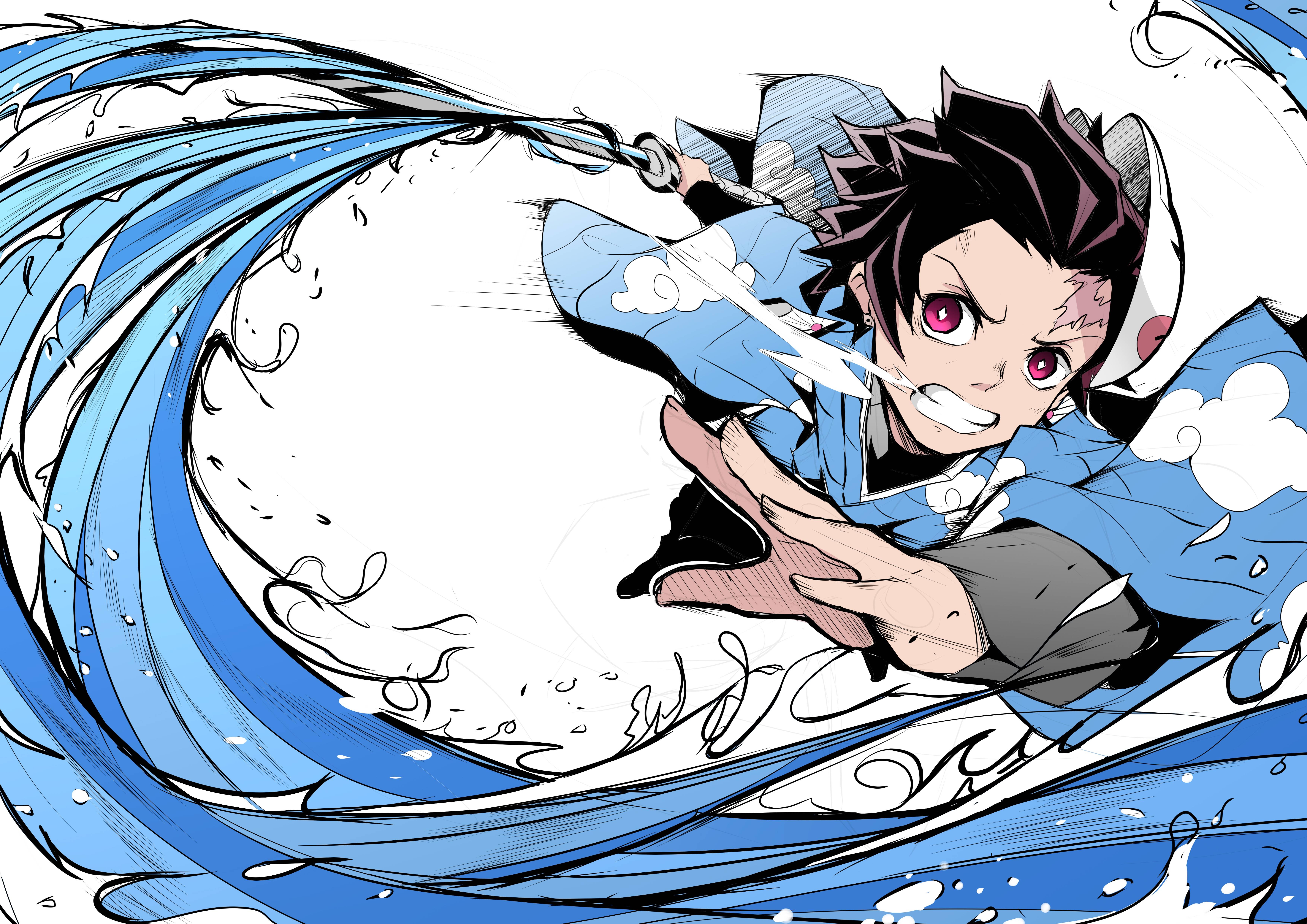Water Breathing
Water Breathing is one of the six main Breathing Styles directly derived from the Sun Breathing. It is said to be the most common Breathing Style among Demon Slayers due to being the easiest to learn for beginners. Its focus is to hit the fastest swing in the right place at the right time.
To become a master of Water Breathing you need training and the ability to concentrate even in the hardest time of your life. Between slayers, there is a saying that goes:
"Water breathing used by a demon slayer with no composure won't produce any results."
Water Breathing Forms
There are six known forms but some 4th and 5th ranked water style users have created exclusive ones.
| Level | Technique | Rank | Extra |
|---|---|---|---|
| 3rd | First Form: Water Surface Slash | 1st | 1d6 |
| 4th | 1st | 1d6 | |
| 5th | Second Form: Waterfall Basin | 1st | 1d6 |
| 6th | 1st | 1d6 | |
| 7th | Third Form: Water Wheel | 2nd | 1d8 |
| 8th | 2nd | 1d8 | |
| 9th | 2nd | 1d8 | |
| 10th | 2nd | 1d8 | |
| 11th | 2nd | 1d10 | |
| 12th | Fourth Form: Riptide | 3nd | 1d10 |
| 13th | 3rd | 1d10 | |
| 14th | 3rd | 1d10 | |
| 15th | Fifth Form: Flowing Dance | 4th | 1d12 |
| 16th | 4th | 1d12 | |
| 17th | 4th | 1d12 | |
| 18th | Sixth Form: Constant Flux | 5th | 1d12 |
| 19th | 5th | 2d6 | |
| 20th | 5th | 2d6 |

First Form: Water Surface Slash
The swordsman generates enough momentum to create a powerful single concentrated slash against a creature.
Immediately after a successful hit, you can use a bonus action to deal an extra 1d6 damage to the creature. The amount of extra damage increases as you gain levels, as shown in the last column of the table.
Second Form: Waterfall Basin
The swordsman cuts the target vertically. You use your movement to do a high jump (PHB p182) and use your action to do an attack on a creature in reach as you land.
If you moved before the jump and the attack hits, the creature can roll a dexterity saving throw with a DC of 10 + your prof. bonus to not fall prone. You deal an extra 1d6 of damage for every 60 cm (2 ft) that you have jumped in the air.
Third Form: Water Wheel*
You can use your movement to do a long jump (PHB p182) over a creature at double your normal distance and use your attack action. Each creature that you jump over must make a Dex saving throw equal to 8 + your stance modifier + your prof. bonus. On a fail, the creature is hit. On a success, the creature takes half as much damage. This movement does not provoke opportunity attacks if you hit at least one enemy.
Additionally, while you are falling you can use your reaction to slow your momentum by making a special melee weapon attack against a creature within your reach. On a hit, you reduce any fall damage you take by half.
Fourth Form: Riptide
The swordsman makes consecutive fast slashes while twisting their body in a flowing fashion similar to a tide.
As an action, you may use all your extra attacks in a single one. If the attack hits you deal an extra 1d6 of damage for every extra attack you have. Your current breathing ends.
Fifth Form: Flowing Dance*
The swordsman swings his blade at his opponent in a way that mimics the movement of waves on the surface of water.
At the start of the turn, you can only move at half your speed and you do not provoke opportunity attacks. You can use your extra attacks on any creature that enters your range while you are moving. If you enter the range of a creature but you don't try to hit it, you will still provoke an opportunity attack. When this form finishes, your current breathing ends.
Sixth Form: Constant Flux*
A continuous attack that increases in power with each hit, creating a strong wave of attacks. Using an attack action, you may initiate this technique and move up to 3m (10 ft) to use one of your extra attacks on a creature in your range. You can repeat this process until you miss, until you have finished your movement speed or until you have finished your extra attacks. Every consecutive hit deals an extra 1d8 of damage. When this form finishes, your current breathing ends.
Using a form decreases your current breathing by 6s. Every extra die isn't multiplied by a critical hit.